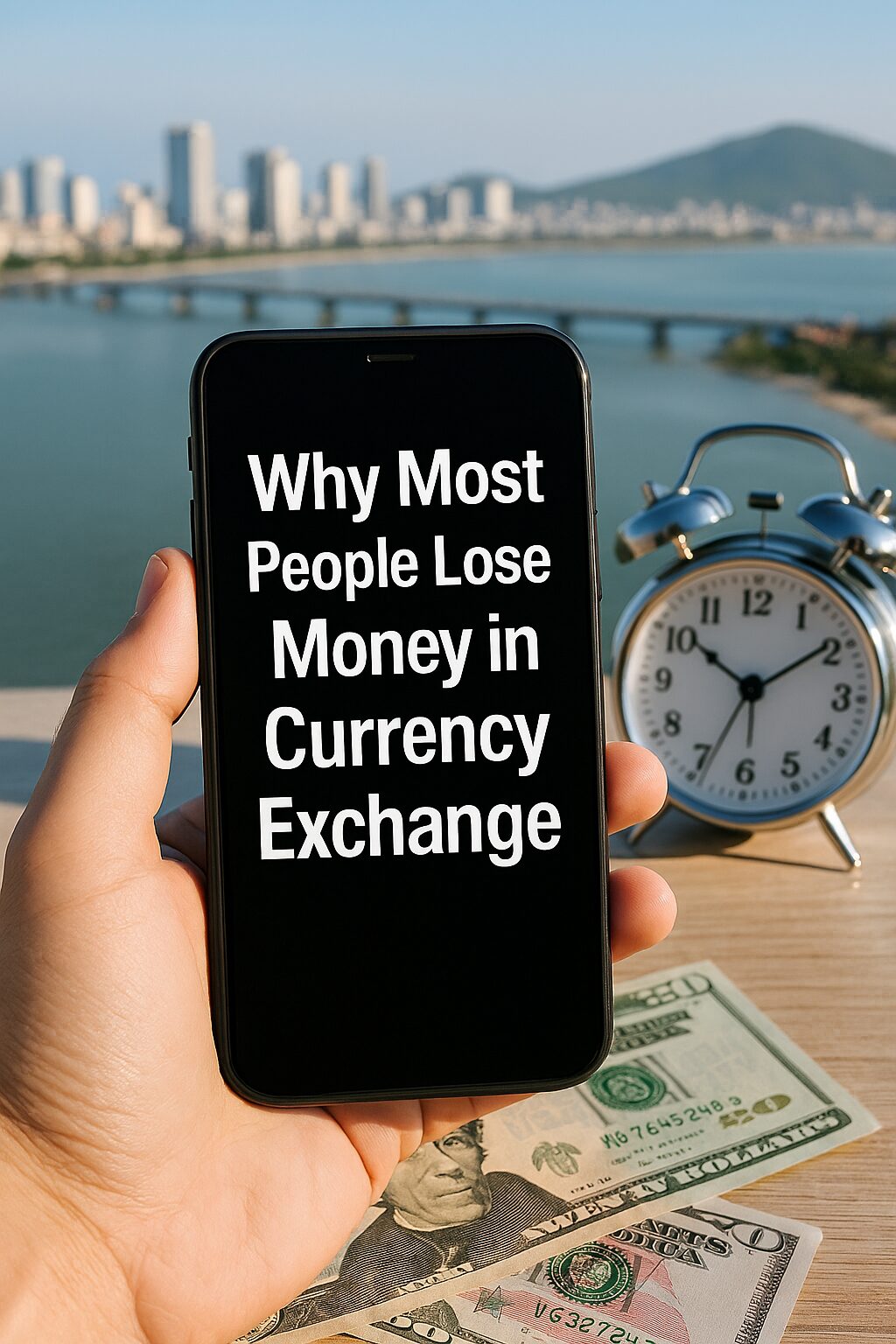Every year, millions of people lose money without realizing it — simply by exchanging currencies the wrong way.
Whether you’re traveling abroad, sending money to family, or shopping online from another country, you could be paying 4–10% more than you should. Over time, that adds up to hundreds or even thousands of dollars.
In this quick guide, we’ll break down how hidden currency exchange fees work — and most importantly, how you can eliminate them.
1. The Hidden Fees Behind “Zero Commission” Exchange
Many banks or airport kiosks advertise “zero commission” exchanges. But here’s the catch:
They don’t charge a separate fee —
They build the fee into the exchange rate.
Example:
If the real market rate for USD to EUR is 1.10, the bank might offer you 1.05. That’s a 4.5% loss hidden in the rate itself.
2. How Much Are You Actually Losing?
Here’s how it breaks down:
| Amount Exchanged | Real Rate | Bank Rate | Hidden Fee (Loss) |
|---|---|---|---|
| $1,000 | 1.10 | 1.05 | $45 |
| $5,000 | 1.10 | 1.04 | $300+ |
| $10,000 | 1.10 | 1.03 | $700+ |
Over time, especially if you travel or send money abroad frequently, this becomes a serious leak in your finances.
3. What to Avoid (Even If It Looks Convenient)
- Airport exchange booths — worst rates possible
- Cash exchanges at hotels or tourist areas
- Traditional bank international transfers — high fees + bad FX rate
- “Dynamic currency conversion” when paying by card abroad — always choose the local currency, not your home currency
4. Tools That Actually Save You Money
Luckily, 2025 offers plenty of smarter options. These are tested and proven:
Wise (formerly TransferWise)
- Real exchange rate (mid-market)
- Transparent fees (typically 0.5–1%)
- Great for international transfers, paying freelancers, or holding multi-currency balances
Revolut
- Free currency exchange at market rate (within limits)
- Great mobile app for budgeting abroad
- Virtual cards + travel insurance included
Charles Schwab Debit Card (US residents)
- No ATM fees worldwide (refunded monthly)
- Great FX rate (close to market)
- Linked to US checking account
5. Pro Tips to Maximize Value
- Always compare the mid-market rate before making a transaction (Google it)
- Avoid weekends — FX rates worsen due to market closure
- Convert larger amounts at once to minimize per-transaction fees
- If using PayPal internationally, never use their FX rate — link a Wise or Revolut account instead
Conclusion: Stop Leaking Money on Exchange
Currency exchange may seem like a small thing, but it silently chips away at your financial stability. With just a few smart tools, you can protect your money and keep more of what you earn.
Don’t let banks or kiosks eat away your income.
Take control — and exchange wisely.

